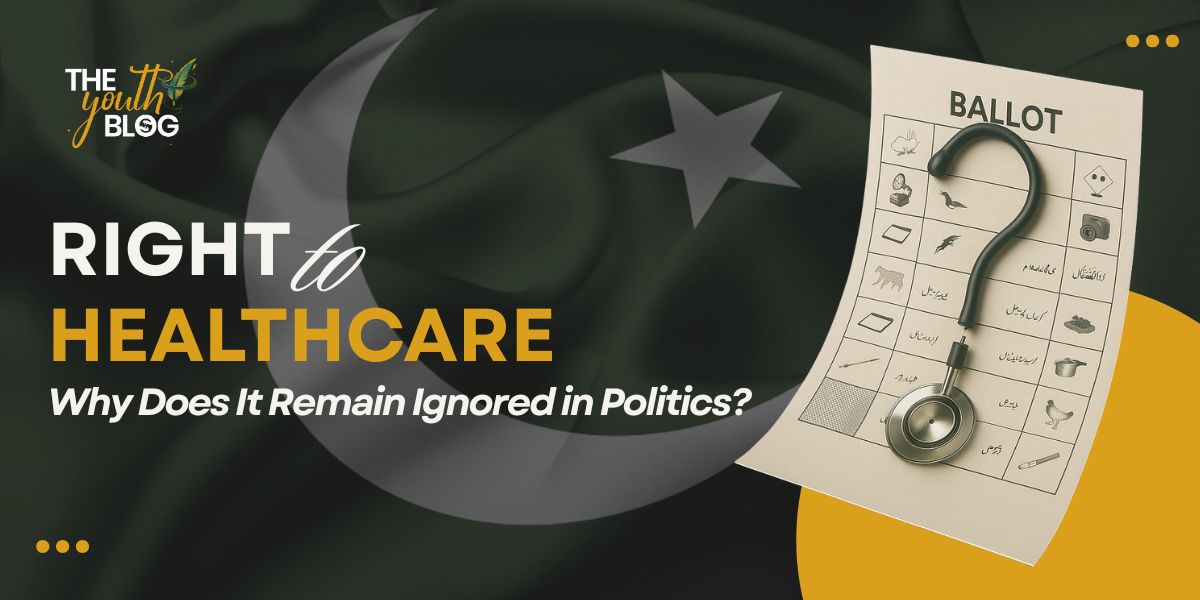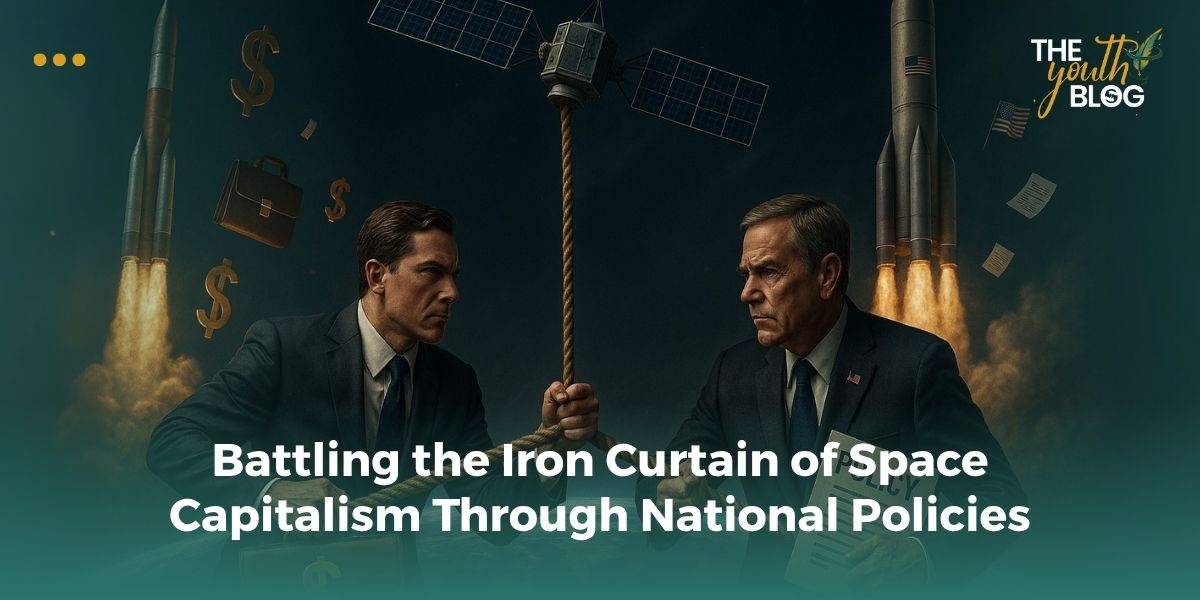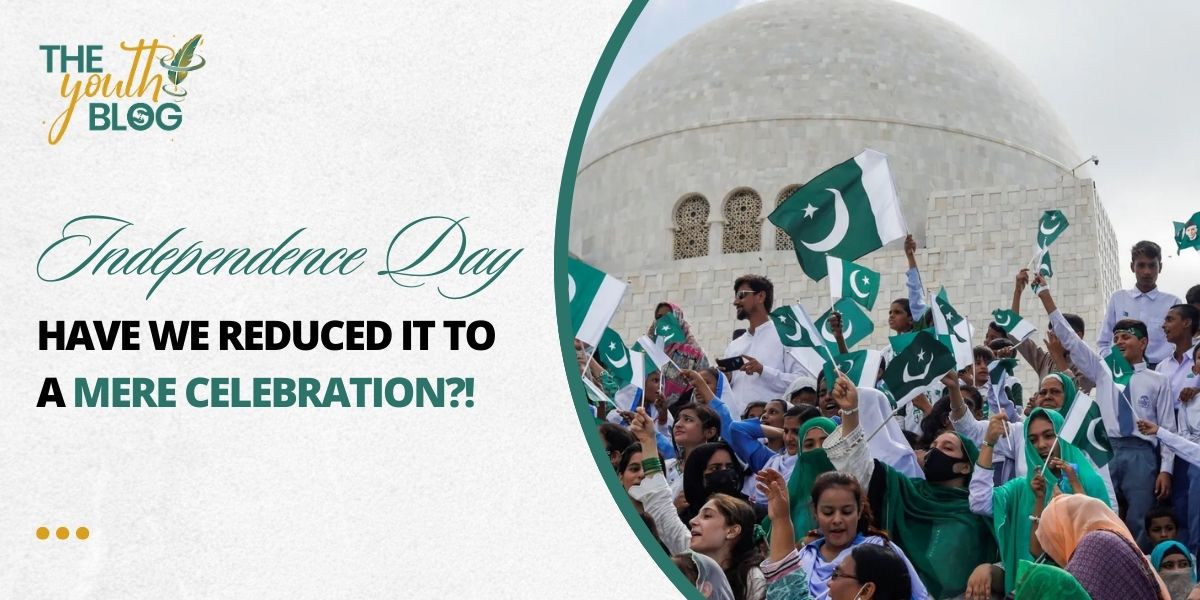
Right to Healthcare: Why Does It Remain Ignored in Politics?
In Pakistan, political campaigns are rarely quiet. There is always a crisis to fix, a rival to attack,
or a vote bank to charm. Rallies grow louder, manifestos grow thicker, and yet, amid all the noise,
one issue remains oddly muted: the right to healthcare.
You rarely hear politicians advocate for hospital reforms. Hardly anyone is grilled about district
health budgets or malnutrition rates. And in most cases, voters don’t raise the issue either.
Healthcare remains a political afterthought unless you are the one sitting outside an overcrowded
emergency ward, hoping to be seen.
But why this collective silence around something so fundamental?
Healthcare Doesn’t Win Elections, Flyovers Do
Visible infrastructure projects like roads, bridges, and parks lend themselves to ribbon-cutting
events and quick public visibility. Healthcare reforms such as improving clinics, training medical
staff, or reorganizing district health systems ; are slow, technical, and often invisible to the
electorate. Politically, they deliver no immediate payoff.
Politics Runs on Short Timelines. Health Doesn’t.
Real healthcare transformation requires continuity. Be it across electoral cycles, bureaucracies, or
funding streams. Pakistan has had 29 prime ministers since 1947, with most not completing a
single fiveyear term. That instability makes long-term health investment politically costly and
practically difficult.
The Public Doesn’t Demand It Because They’ve Stopped Expecting It
Repeated failures in the public health system have left many Pakistanis disillusioned. Most avoid
government hospitals unless they have no options. Instead, they turn to private clinics,
pharmacies, or even informal providers effectively abandoning the claim to health as a public
right.
The Budget Speaks Louder Than Words
According to Pakistan’s Economic Survey 202425, total health expenditure accounts for just
0.9 percent of GDP, with Rs 925 billion allocated in that year. This underscores the gulf between
rhetoric and resource allocation.
Notable Exception
There are, however, a few notable efforts that deserve recognition:
Sehat Sahulat Program offers social health insurance coverage to millions, enabling access to
private inpatient care for low-income families.
NCOC and COVID19 Response showed that coordinated, data-driven health policy is possible
at scale.
EPI (Expanded Programme on Immunization) has boosted childhood immunization rates to
above 80 percent.
Given the absence of quality government healthcare, emergency-response organizations like Edhi, Chhipa, and Rescue 1122 consistently fill gaps in ambulatory and disaster response. NGOs and community clinics operate at scale and low cost, especially in underserved urban and rural regions.
But these remain patchy, fragmented, and under-politicized—never core to national manifestos
or televised policy debates.
Why Aren’t These Efforts Political?
Even powerful initiatives like Sehat Sahulat and the emergency health infrastructure mandates
under EPI are absent from the campaign trail. In the 2023 election cycle, no major party offered
specific, numerical health targets related to maternal mortality, child nutrition, mental health, or
preventive care. Without voter pressure, political actors see no benefit in making health a
campaign issue.
If We Don’t Demand Healthcare, No One Will Offer It
Transformative health reform begins not with external plans but internal pressure. When citizens
demand transparency about their local clinics, accountability on vaccination coverage, or acces
to essential medicines, politics must respond.
Because at the end of the day, no one fights for your right to healthcare at the ballot box
unless you do.
The writer is a public health researcher based in Islamabad, currently pursuing her Masters with a focus on health systems, policy, and environmental health. She is particularly passionate about the intersections of governance, service delivery, policy formulation, policy implementation and everyday access to care in Pakistan.
References:
- Economic Survey of Pakistan 202425, Health Chapter – health expenditure 0.9% of
GDP; Rs 925 billion allocation. - Pakistan’s fiscal 2023-24 and 2024-25 budget health allocations – federal Ministry of
Health nondevelopment budget details. - National Health Accounts (NHA) Pakistan: A Gateway to Evidence-Based Health Policy
- Healthcare in Pakistan
- Pakistan’s public health sector spending in 202021 ~1.2% of GDP; per capita USD 48
and workforce data from PMC article. - Sehat Sahulat Program / Sehat Insaf Card coverage – enrollments, province rollout, UHC
objective. - KP Sehat Card Plus Programme allocations and coverage—allocated Rs 35 billion,
universal in KP, 52,000 treated early, 7.5m families by end 2022. - SDPI analysis of health budget 2023 – health-to-GDP ratio 1.4%; health allocation
Rs 24.25 bn is 0.05% of GDP; WHO recommends 6%. - Academic review of Sehat Sahulat Program UHC progress across provinces and
sustainability issues. - Provincial and federal public health spending duplication critique and suggestions – PKR
470 to 800 bn.


